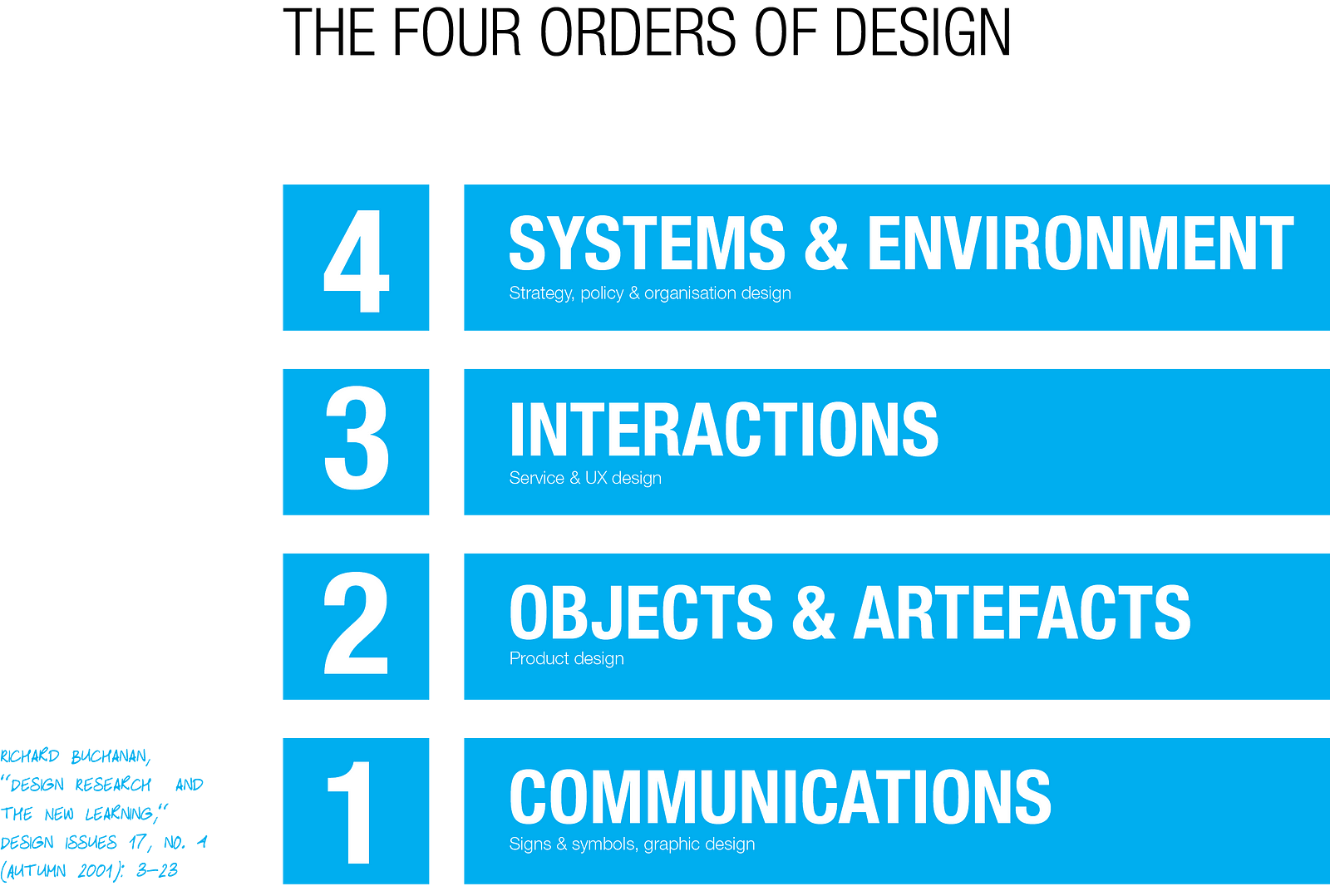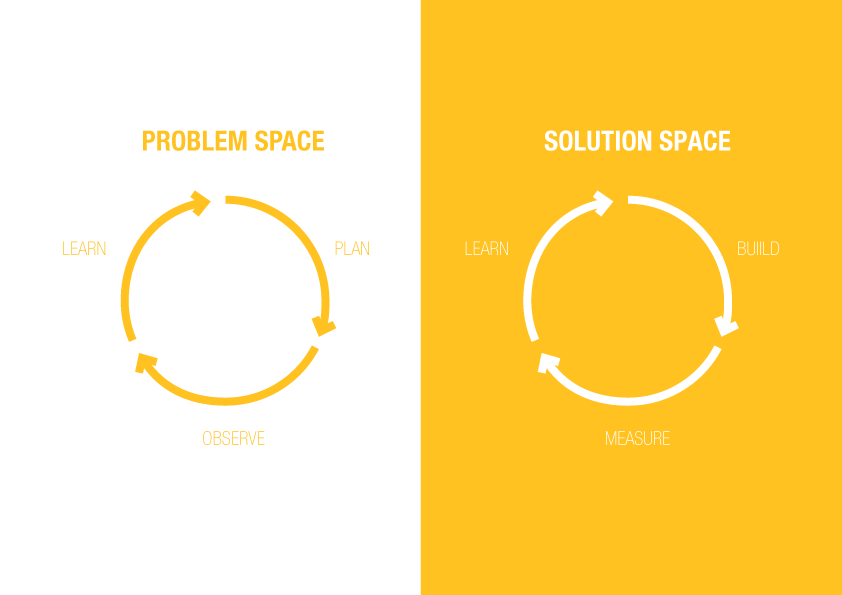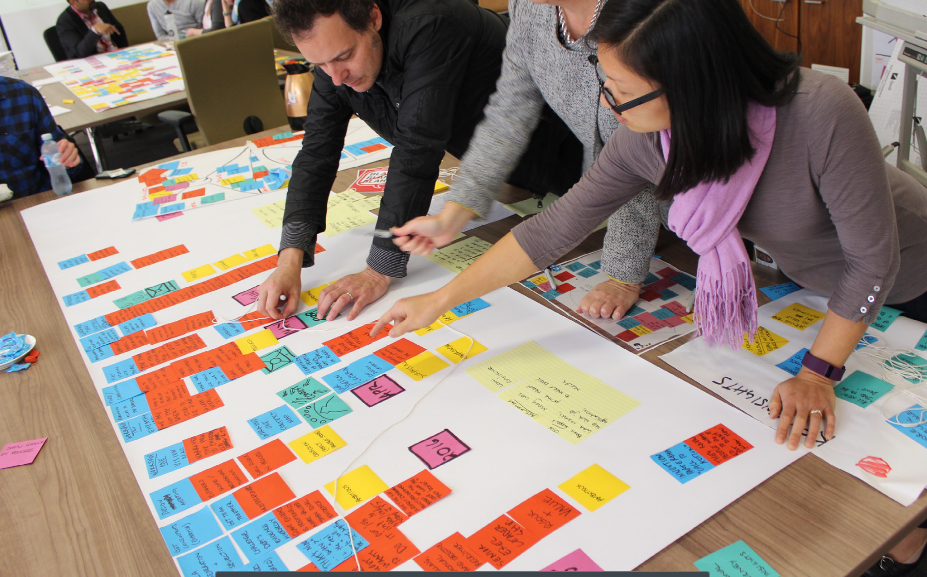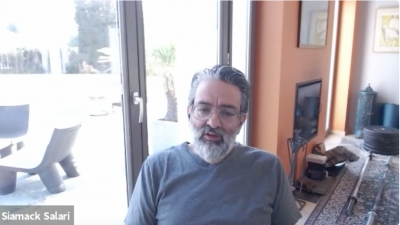How to Design ‘DO’ not just Design Think!
What were once traditional and stable industries — and sources of long-term jobs for Australians — have been disrupted by the globalised economy. The gig economy (short, ad hoc project outsourcing, enabled by technology platforms) is changing the nature of work and employment. The digital economy is further creating a world which is online, connected, and rapidly shifting the places and ways in which value is created.
Automation is driving a brand new wedge into value-added manufacture and services, but the fact that 70% of the jobs currently in the workforce will be radically affected by automation over the next 30 years means that right now, there’s an enormous challenge designing future-proof education for young people.
It is increasingly difficult to act as if the world is linear and predictable, trying to ignore or remove uncertainties with little effect. Designers have always lived with uncertainty, and know how to turn it into an ally. In today’s world, to be successful, you need to think like a designer.
This is not about design thinking — it’s design doing.
Rather than just learning about users, but also learning how the User Centered Design process changed staff within. How it helps them build empathy and give them a new sense of direction on their roles and how they can help customers and citizens.
User Centred Design (UCD) is a problem-solving approach for complex contexts that enables innovation. It starts with fundamental questions about context, aspirations and the nature of the problem. By understanding people—their needs, wants and aspirations—it creates a starting point for understanding impact and creating a novel solution.

Problem vs Solution …
At its simplest the User Centered Design process is about starting with understanding the problem space then creating in the solution space.
What is the nature of the problem — whether at the user, program, policy or system level? Moreover, how can we be creative and test multiple approaches to find the solution?
The problem space level is an iterative process following a plan-observe-learn loop. The solution space is a build-measure-learn loop. You can then imagine a bigger loop across the problem and solution spaces.

A valuable approach can be to take one problem and framing what the build-measure-learn loop would look like from there.
An expanded version of the above incorporating a case study for the Department of Employment by myself and Business Model’s Inc, including a link to Innovation Framework document and other valuable references click here.
…….
The Australian Government Department of Employment is responsible for national policies and programmes that help Australians find and keep employment and work in safe, fair and productive workplaces.
Business Models Inc is a global strategy design firm. We help organizations of all shapes and sizes design better businesses. We design new products and services in co-creation and validate them with clients. We apply design thinking for strategy and innovation in a systematic way, from idea generation to validation to execution in our innovation labs. Our labs do sprints from 48 hours on to 90 days.




